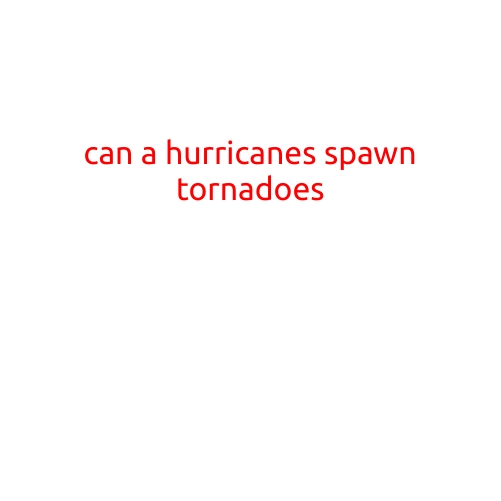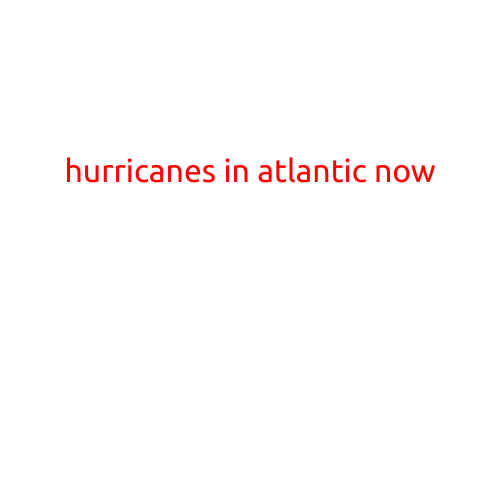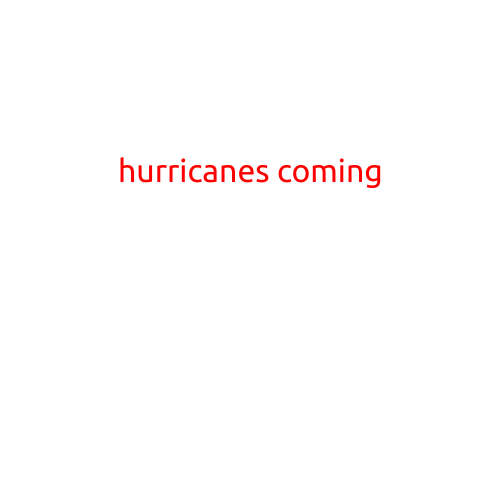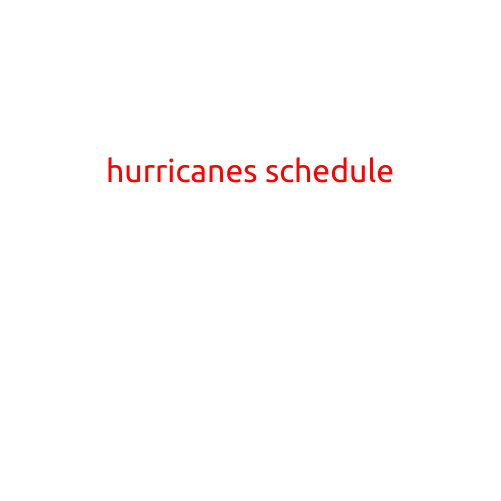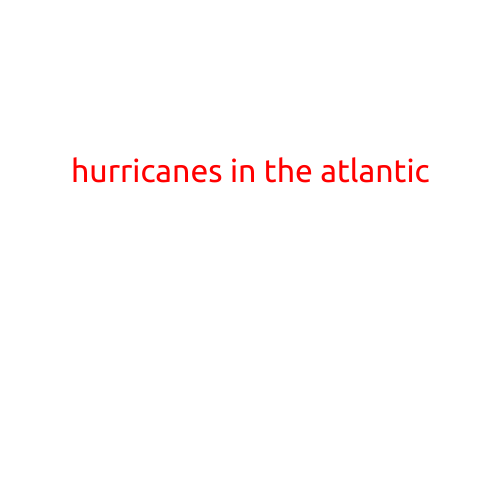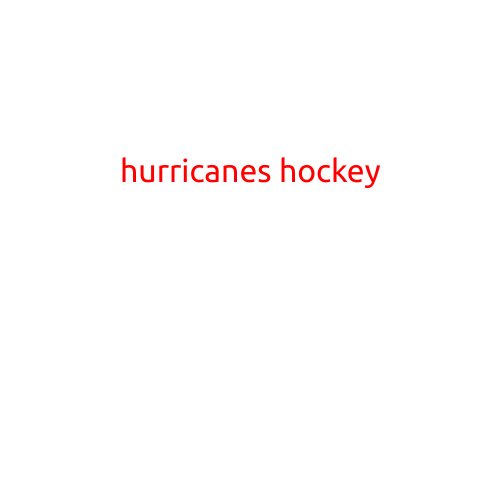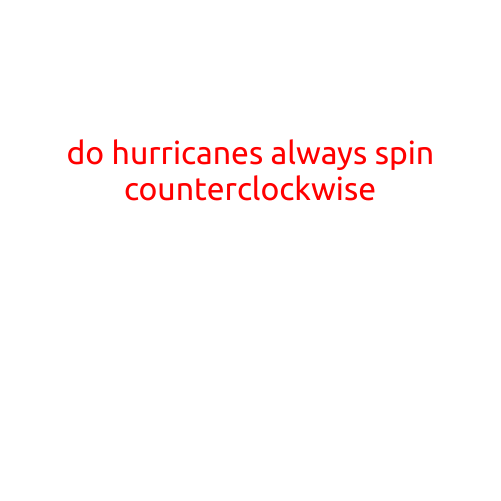
Do Hurricanes Always Spin Counterclockwise?
When it comes to hurricanes, one of the most common questions people ask is whether they always spin counterclockwise. The answer is not a simple yes or no. In fact, the direction in which a hurricane spins is determined by a combination of factors, including the latitude, altitude, and speed of the storm.
Why Hurricanes Typically Spin Counterclockwise
The majority of hurricanes and tropical cyclones, which include typhoons and cyclones, do indeed spin counterclockwise in the Northern Hemisphere. This is because of the Coriolis effect, a phenomenon in which the rotation of the Earth appears to deflect the movement of objects, including air masses.
In the Northern Hemisphere, the Coriolis effect causes winds to curve to the right, resulting in a counterclockwise rotation. This is why most hurricanes and tropical cyclones that form north of the equator tend to spin counterclockwise.
But What About Hurricanes in the Southern Hemisphere?
Interestingly, the opposite is true in the Southern Hemisphere. Here, the Coriolis effect causes winds to curve to the left, resulting in a clockwise rotation. This means that hurricanes that form south of the equator typically spin clockwise.
Exceptions to the Rule
While the Coriolis effect is the primary factor in determining the direction of a hurricane’s rotation, there are some exceptions to the rule.
One such exception is the “Polar Vortex”. When cold air from the polar regions moves south, it can create a warm air pocket near the equator, which can lead to the formation of a tropical cyclone. In these cases, the direction of rotation can be influenced by other factors, such as the strength of the polar jet stream, which can cause the storm to spin clockwise or counterclockwise.
Another exception is “superstorm” Sandy, which formed in the Atlantic Ocean in 2012. The storm was so large and powerful that it interacted with the jet stream to create a unique circulation pattern, causing it to spin clockwise for a brief period.
Conclusion
In conclusion, while the majority of hurricanes do spin counterclockwise in the Northern Hemisphere, there are indeed exceptions to the rule. The Coriolis effect plays a significant role in determining the direction of a hurricane’s rotation, but other factors, such as altitude, latitude, and storm size, can also influence the direction.
Understanding these factors can help meteorologists better predict the direction of a hurricane’s rotation, which is crucial for storm forecasting and disaster preparedness.
